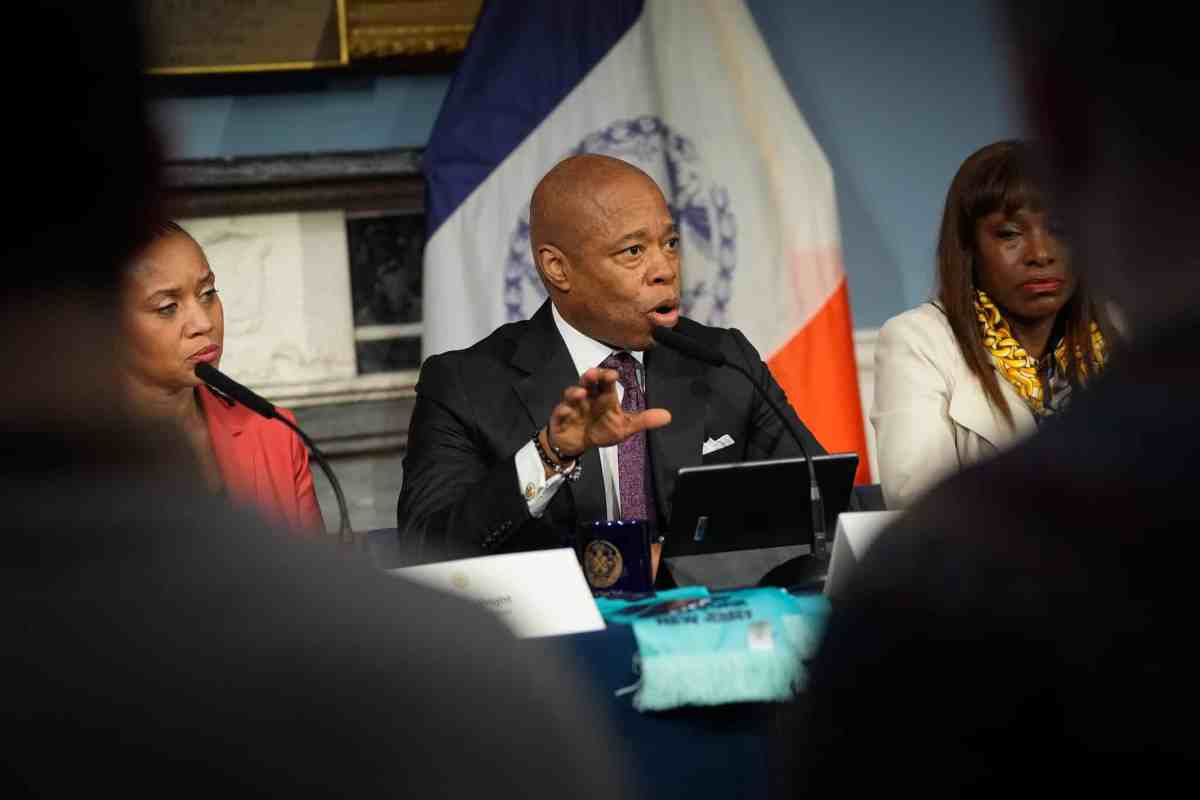Mayor Bill de Blasio announced last week his plan to replace Rikers Island with four borough-based community jails, including facilities in the Bronx, Brooklyn, Manhattan and one in Queens.
The proposal would turn the dormant Queens Detention Complex and a nearby parking lot — located in Kew Gardens — into a new corrections center that would house more than 1,500 prisoners.
The proposal must go through a public review — the Uniform Land Use Review Procedure — which involves hearings and recommendations by the local community board, borough president, the City Council and the City Planning Commission.
City Councilwoman Karen Koslowitz, who represents the Queens neighborhood, went on record supporting the mayor’s plan, as did City Council Speaker Corey Johnson.
Meanwhile, City Councilman Robert Holden of Middle Village has been a critic of de Blasio’s plan.
Earlier this year, Holden suggested completing a cost analysis on renovating Rikers Island rather than shutting it down and spreading the city’s prison population into borough-based jails. Fellow City Councilman Eric Ulrich from Ozone Park supported Holden’s position.
There is a clear divide among Queens lawmakers on the Rikers plan. Some support the policy because of the potential benefits to the economy that a borough jail could bring, while others believe the relocation of prisoners in Kew Gardens would put residents at risk.
To start, the city needs to engage residents by holding informative meetings with community groups and elected officials led by correctional officers and service providers to explain why borough jails are better for the city than the single Rikers facility.
The de Blasio administration and its partners said they are undertaking a strategy that will go beyond what is required as part of the public review of these actions.
The strategy will focus on enabling neighborhood advisory bodies and elected officials to provide feedback on design, programs and neighborhood integration as well as tackling a range of quality-of-life concerns within the communities where these sites will be located. This is a step in the right direction.
The plan to introduce borough-based jails to the city could work. But the de Blasio administration must tread carefully as the plan progresses. It’s a delicate balance that has residents concerned for their safety.
If the administration can prove these community jails will provide a sense of safety and security, the plan will win the support of the people. Without that, the situation could get ugly, fast.































